Introduction
This article provides an in-depth exploration of plastic gears.
Key topics covered include:
- What are Plastic Gears?
- Plastic Gear Design
- Materials Used for Plastic Gears
- Types of Plastic Gears
- Advantages and Disadvantages of Plastic Gears
- And more...

Chapter 1: How are plastic gears manufactured?
This section explores plastic gears, focusing on their manufacturing processes and operational applications.
What are Plastic Gears?
Plastic gears are toothed wheels crafted from advanced engineering plastics, primarily used to adjust speed ratios between motors and connected components. Common materials include nylon (a polyamide resin) and polyacetal.
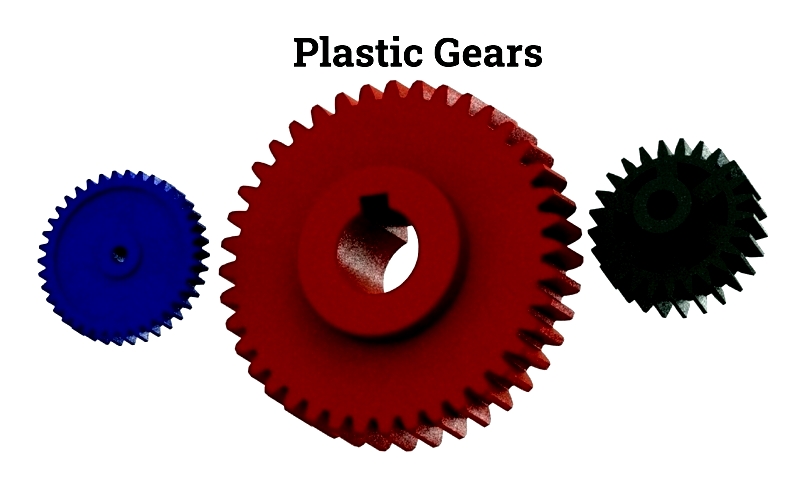
Methods of Manufacturing Plastic Gears
Plastic gear production shares similarities with metal gear manufacturing, differing primarily in material properties. Each gear's design is application-specific, influencing production techniques. While plastics lack metal's strength and are more temperature-sensitive, they offer advantages in shock absorption and vibration damping.
Plastic Gear Hobbing
This process uses a toothed cylindrical tool (hob) to cut gear teeth into plastic disks. Adjusting the hob's contact angle creates different gear types. Hobbing is cost-effective for producing precise spur gears, helical gears, and sprockets.
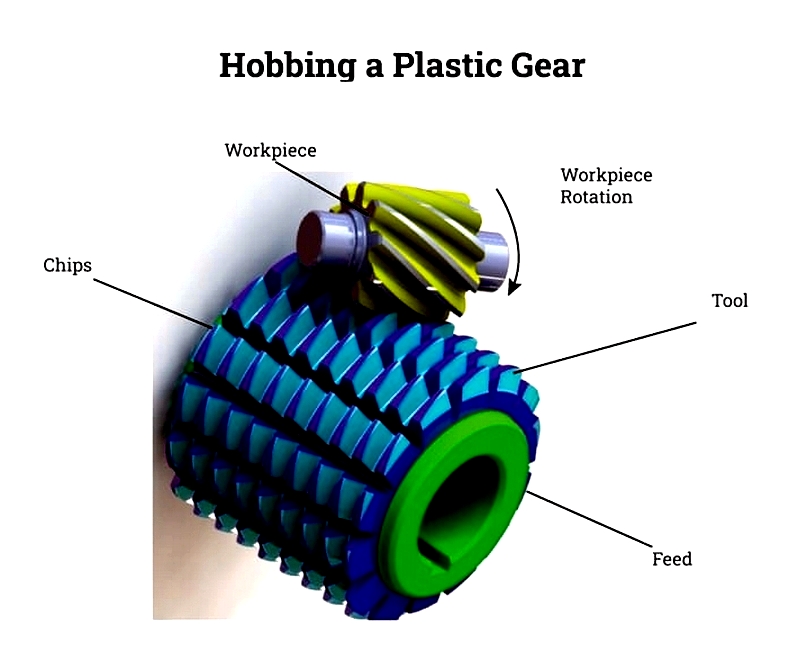
Injection Molding
Steel molds shape molten plastic under pressure to create gears with precise dimensions. While initial costs are high, this method excels in large-scale production.
Characteristics of Injection Molded Gears
- High precision
- Excellent replication
- Cost-effective at scale
- Wear-resistant
- Non-corrosive
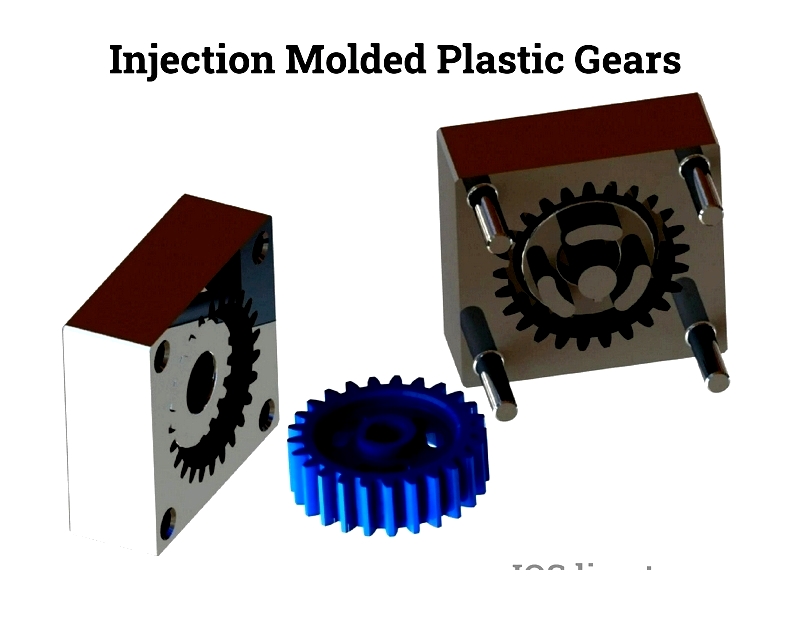
CNC Machining of Plastic Gears
CNC machining offers flexibility in producing various gear types by removing material from plastic stock. While precise, it's generally slower and more expensive than other methods for high-volume production.
Characteristics of CNC Machined Plastic Gears
- Lightweight
- Low maintenance
- Vibration damping
- Quiet operation
- Self-lubricating
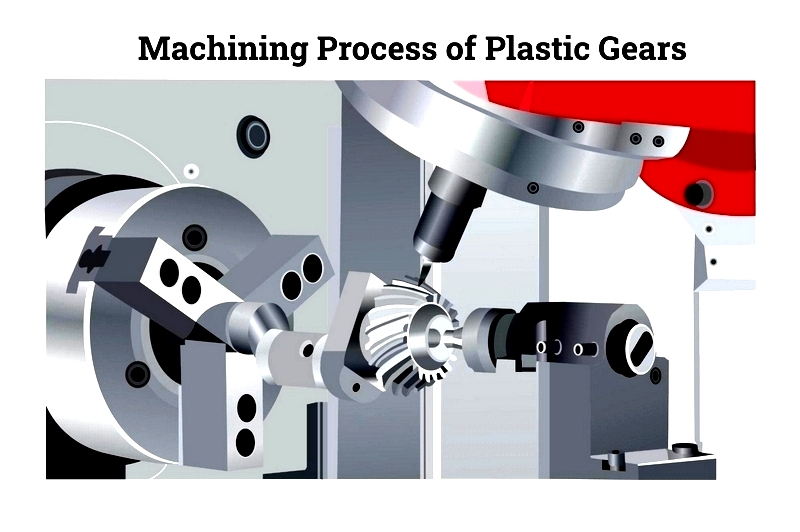
Differences between Machining and Injection Molding
Production Speed
Machining suits small batches, while injection molding excels in mass production after initial setup.
Cost Considerations
Machining is economical for hundreds of parts; injection molding reduces per-unit costs at scale.
Material Options
Machining accommodates stronger plastics; injection molding typically uses softer, moldable materials.
Precision Levels
CNC offers tighter tolerances; injection molding may introduce minor defects but ensures consistency.
Design Flexibility
Injection molding excels in repeatability; machining allows easier design modifications.
Chapter 2: Leading Plastic Gear Machine Manufacturers
Plastic gear manufacturing serves diverse industries with benefits including lightweight design, corrosion resistance, and cost efficiency. Key manufacturers offer specialized equipment for precision gear production.
Arburg - Allrounder Series
Known for modular injection molding machines with high precision and energy efficiency, ideal for various plastic gear types.
Engel - Victory Series
Features tie-bar-less designs and servo-electric drives for precision gear molding, particularly in automotive and medical sectors.
Sumitomo (SHI) Demag - IntElect Multi Series
Specializes in multi-component gear production with ultra-high-speed operation and advanced automation.
Milacron - Elektron Multi-Shot Series
Excels in multi-material gear molding with integrated robotics for high-efficiency production.
Nissei - NEX Series
Offers high-speed, energy-efficient machines for precision gear manufacturing across industries.
Chapter 3: Plastic Gear Design and Materials
Effective gear design considers torque requirements, rotational speeds, environmental conditions, and material properties to ensure optimal performance.
Design Considerations
Gear Face Width
Width impacts strength and durability, particularly in high-load applications.
Gear Module
Determines gear size and compatibility within drive systems.
Pressure Angle
Affects tooth strength and load distribution, with modern designs favoring 20° or higher angles.
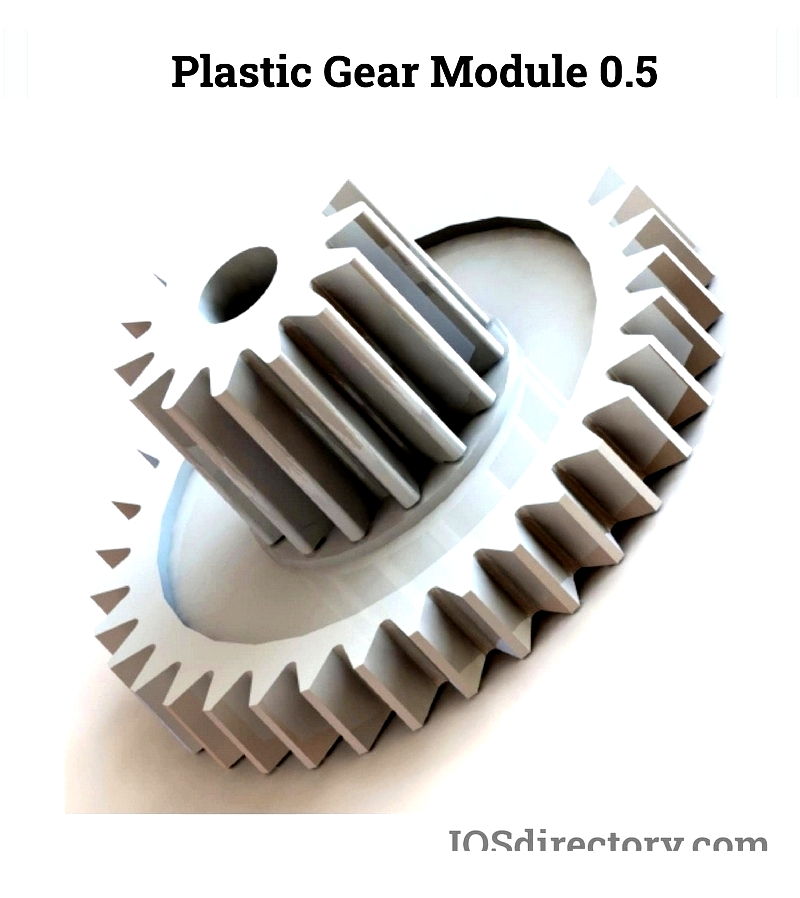
Backlash Management
Critical for reducing noise and vibration in precision applications.
Temperature Considerations
Material selection must account for operational heat to prevent deformation.
Material Options
Polyacetal (POM)
Offers high stiffness and low friction for precision applications.
Polyphenylene Sulfide (PPS)
Excels in high-temperature environments with excellent chemical resistance.
Nylon
Provides toughness and wear resistance with inherent noise reduction.
Polycarbonate
Combines impact strength with dimensional accuracy for specialized applications.
Polyurethane
Delivers elasticity and chemical resistance for low-maintenance solutions.




